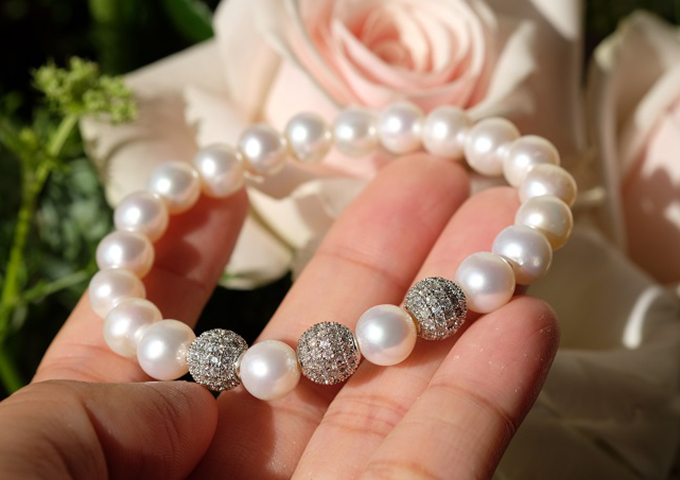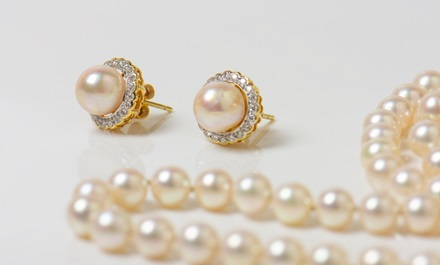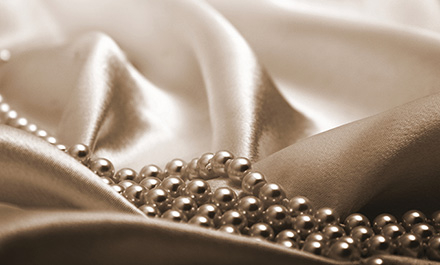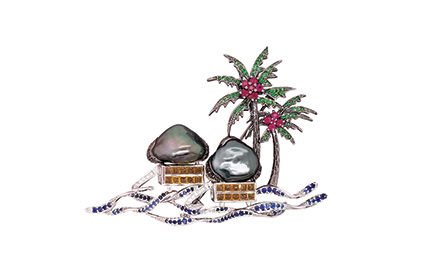Pearls have time and again proven their versatile appeal, relentlessly fascinating an eclectic array of buyers ranging from members of the royal family to celebrities, key public figures, and jewellery lovers and connoisseurs.
Often viewed as the most graceful gem, pearls – both natural or cultured – are highly coveted for their various shapes, and stunning colours and lustre.
In particular, three kinds of saltwater cultured pearls are reigning supreme in the modern pearl jewellery sector – Akoya, South Sea and Tahitian pearls.
According to the Gemological Institute of America (GIA), Akoya pearls are often described as white, round, lustrous gems cultured in Japan and China in an oyster species scientifically known as Pinctada fucata (martensii).
Majority of Akoya pearls are white or cream while some bear hints of pink or green. In terms of sizes, Pinctada fucata being a small oyster doesn’t usually produce a cultured pearl larger than 9mm.
South Sea cultured pearls by contrast hail from one of the world’s largest pearl oyster, Pinctada maxima, which can yield pearls of up to 15mm or larger. Available in various colours – the most desirable of which are white and golden – South Sea pearls are farmed in Australia, Burma, the Philippines and Indonesia.
Tahitian pearls meanwhile come in darker, more daring colours including eggplant purple, peacock green, metallic gray and grayish blue. These are produced by Pinctada margaritifera, which is indigenous to French Polynesia and is farmed there and in the Cook Islands, Fiji, Australia and New Zealand, according to GIA.








